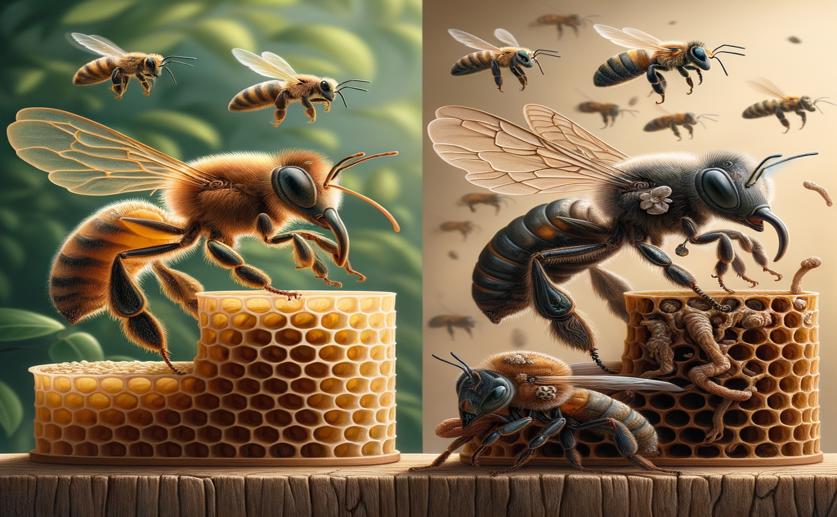
How Task Performance Changes with Age in Two Types of Australian Stingless Bees
Jim Crocker
3rd July, 2024

Image Source: Natural Science News, 2024
Key Findings
- The University of Queensland studied worker bee behavior in two Australian stingless bee species, Tetragonula carbonaria and T. hockingsi
- Young worker bees mainly clean, build brood cells, and collect honey, while middle-aged bees maintain food pots and structures
- Older bees take on guarding and foraging tasks, but there is significant overlap in task timing among different cohorts
GeneticsAnimal ScienceEvolution
References
Main Study
1) Age-related task progression in two Australian Tetragonula stingless bees
Published 2nd July, 2024
https://doi.org/10.1007/s00040-024-00978-z
Related Studies
2) The antiquity and evolutionary history of social behavior in bees.
3) Methyl farnesoate epoxidase (mfe) gene expression and juvenile hormone titers in the life cycle of a highly eusocial stingless bee, Melipona scutellaris.
4) Bees at war: interspecific battles and nest usurpation in stingless bees.



 14th June, 2024 | Greg Howard
14th June, 2024 | Greg Howard